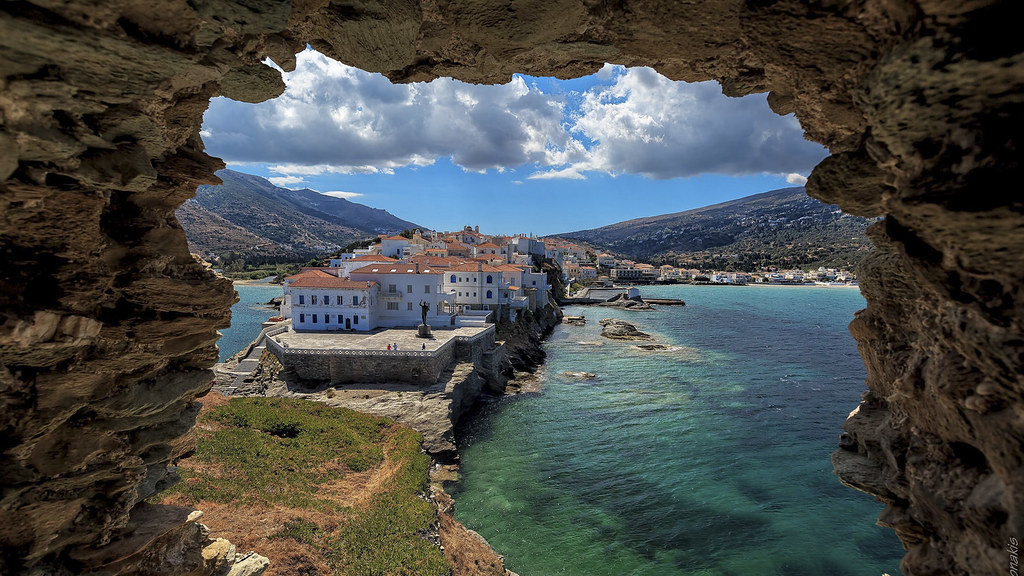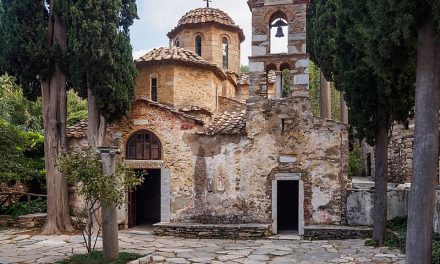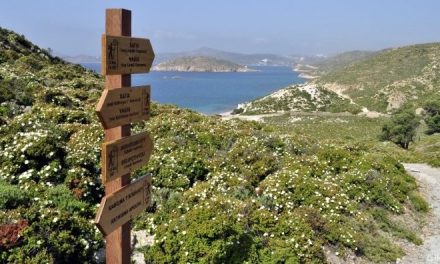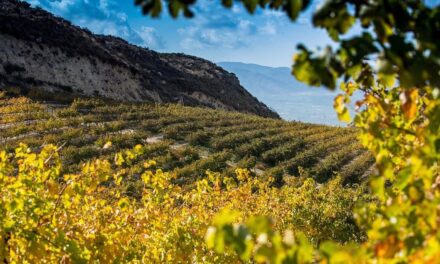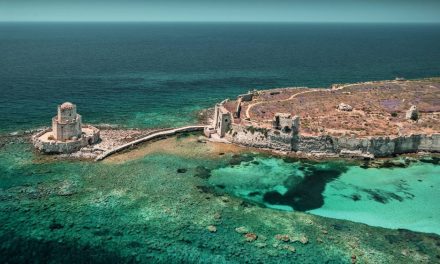Andros is the second largest island of the Cyclades, and one of the greenest ones, especially compared to the characteristic rocky landscape of most islands in the group. Continuously inhabited since the 4th millennium BC, it has a remarkable maritime and cultural tradition.
The island’s natural beauty -with dense vegetation, rivers and waterfalls making it a hiker’s paradise- is complimented by picturesque cobbled streets and neoclassical stately homes, especially in its capital, Chora.
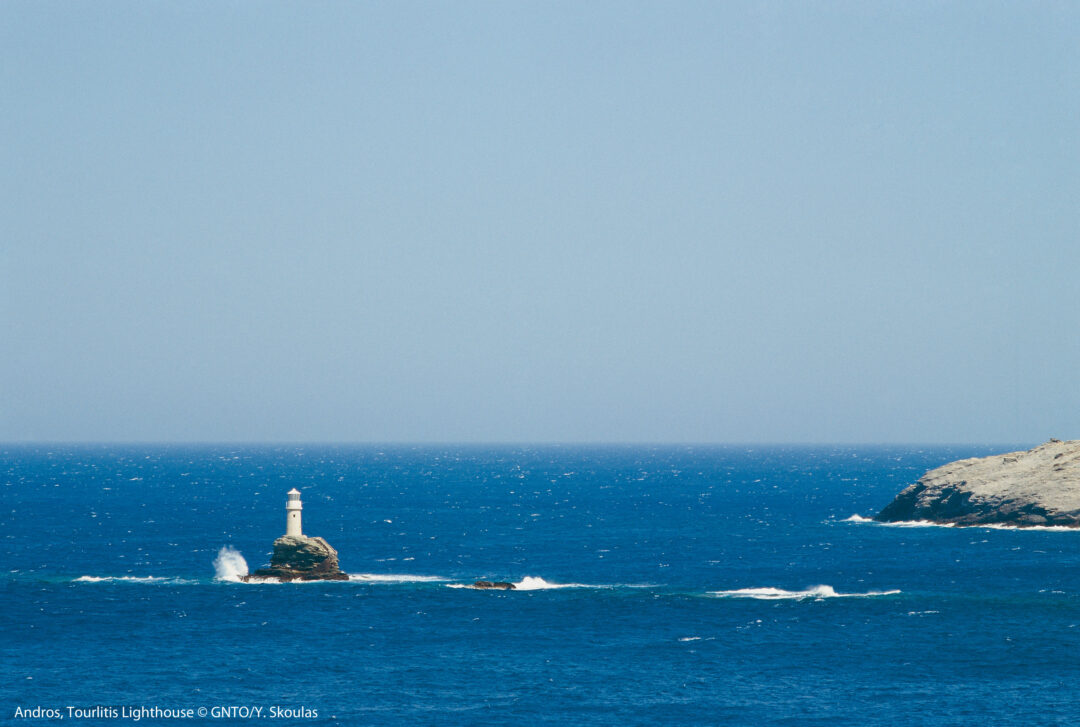
History of Andros
Thanks to its geographical position, Andros has held a strategic position in almost every age. Recent excavations at Cape Strofilas have revealed a prehistoric site belonging to the Late Neolithic period (4500 – 3200 BC), with numerous rock paintings. The site has been described as the most important of this period and the best preserved in the Aegean.
In classical times, the capital of Andros was Paleopolis. It is thought that there were some 50 settlements around it, and the prosperity of this period is also attested by the wealth of coins discovered there. The Archaeological Museum of Andros, located in Chora, houses findings of this sort, as well as “the Hermes of Andros”, a marble life-size statue (a Roman copy of a work of Praxiteles) discovered in Paleopolis.
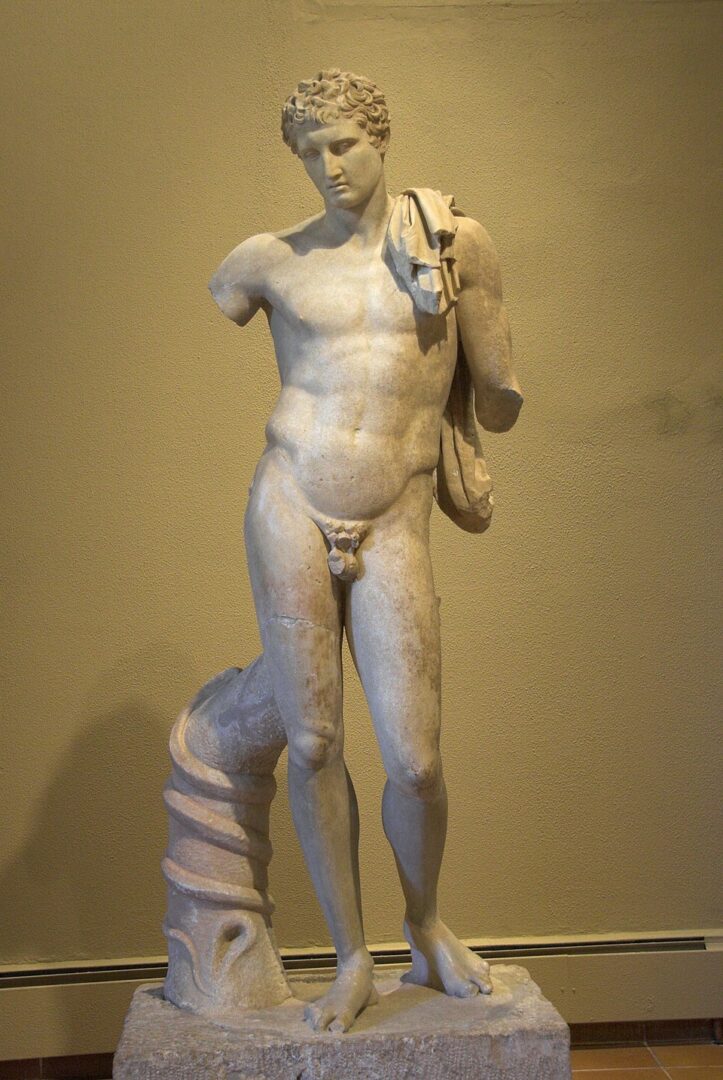
From the 11th-12th century, Andros experienced great development. It became known around the world, thanks to its booming silk production and a growing merchant navy. During the Fourth Crusade, the island was taken over by Franks on their way to attack Constantinople. As a part of the Latin Empire (1204-1261), Andros was handed over to the Republic of Venice. It would eventually be taken over by the Ottomans in 1537.
Until the establishment of the modern Greek state, Andros’ economy remained primarily agrarian, but as part of independent Greece the island’s inhabitants increasingly turned to seafaring – partly under the influence of nearby Syros with its long maritime tradition. The local navy, initially used to simply transport the goods produced there, gradually developed into a powerful merchant fleet, with the majority of its ships being built in Syros.
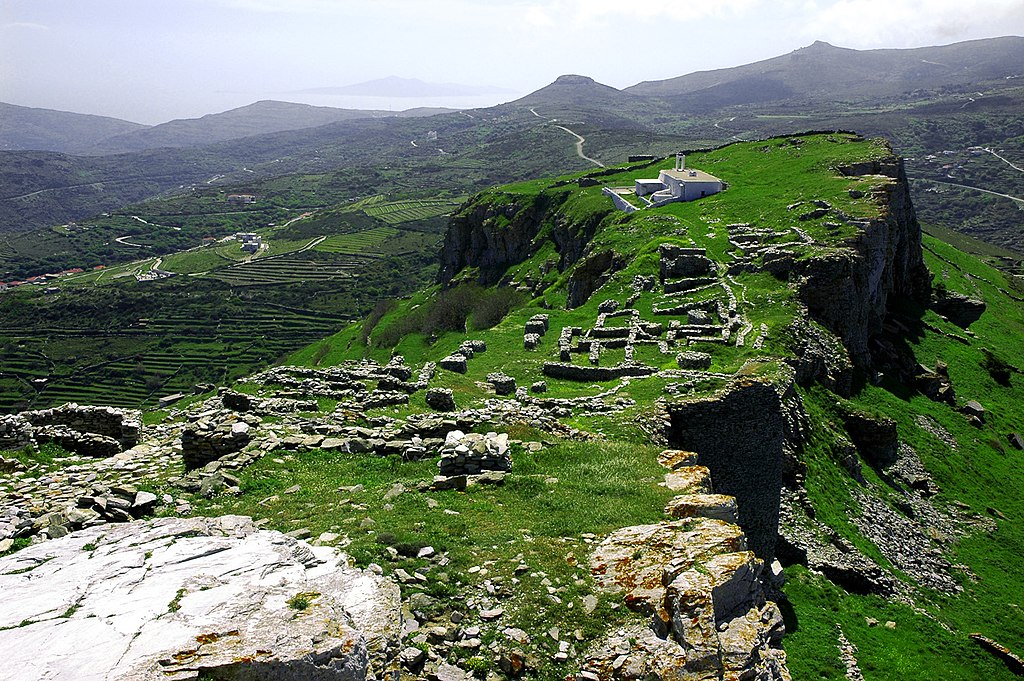
Starting in the 1880s, the Andros navy would successfully transition from sail to steam, a crucial step towards its growing importance compared to other islands with a long maritime tradition, such as Hydra or Spetses. It should be noted that the Greece-North America line was inaugurated at the beginning of the 20th century by Andros shipowners.
Despite the setbacks created by First and Second World Wars (with WWII in particular causing heavy losses), Andros found itself at the pinnacle of merchant shipping and economic prosperity. In 1939, it was second only to Piraeus in the number of ship registrations. At the end of the 1950s, however, a major migration flow began towards the major urban centers of Athens and Piraeus, as well as abroad (mainly the USA).
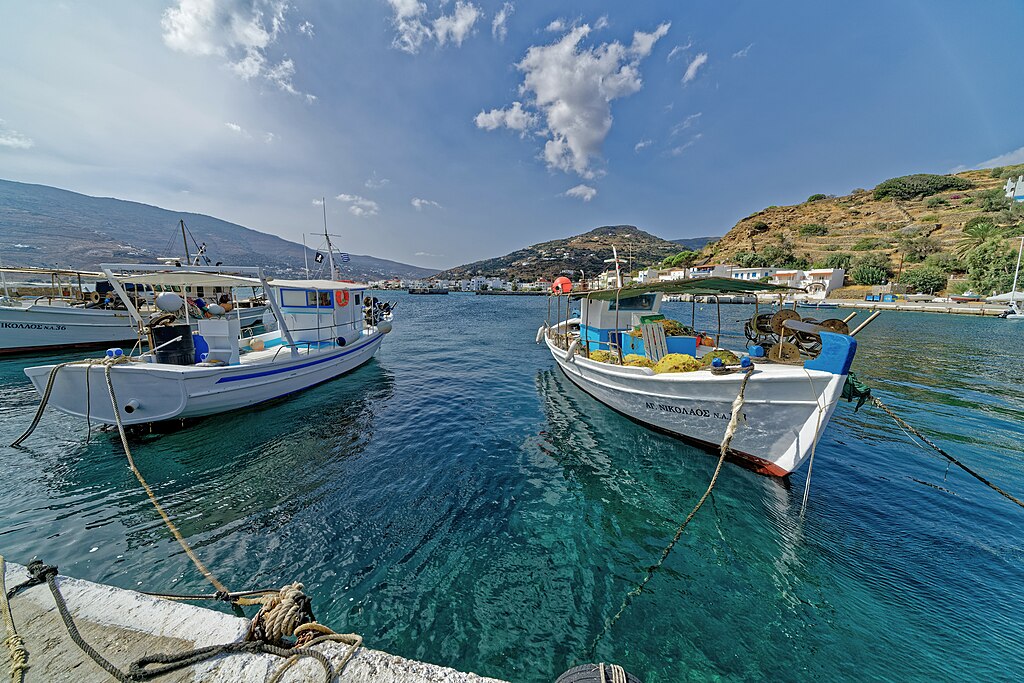
In recent years, the island has experienced a new economic growth, owed mainly to tourism, thanks to its natural beauty and stately character – but also its relative proximity to the mainland, which makes it ideal even for a short trip over the weekend.
“Little England” – the island’s maritime tradition
In no way does Andros actually resemble England or any part of the UK. However, it was once dubbed “Little England” mainly due to its wealth and power, owed primarily to its seafaring superiority. The island has for long been home to some of Greece’s most prominent shipping families – such the families of Embirikos, Goulandris, Moraitis, Polemis, Paleokrassas, Kambanis and Vogiatzidis.
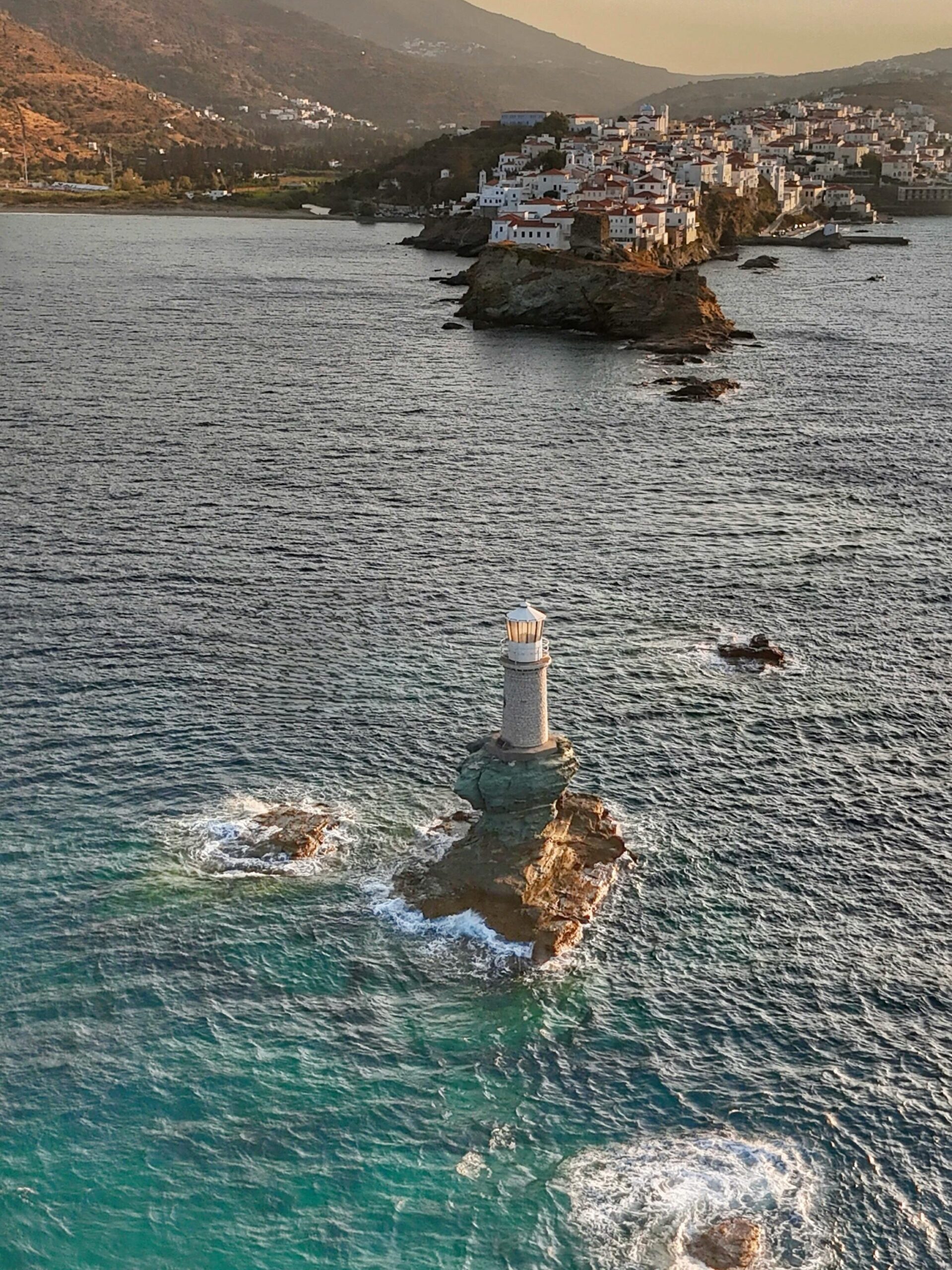
Their steamship companies monopolized for many years the transport of people and goods to the Danubian countries, India, America and other places beyond the limits of the island and the Aegean Sea. Thanks to the economic development brought by these companies, Andros developed a vibrant bourgeoisie. Several representatives of sailors’ and shipowners’ families were elected mayors and members of parliament, while many major public works projects began to be carried out thanks to donations from shipowning families.
These shipping magnates moved the headquarters of their businesses abroad (especially to actual England) decades ago, but their estates and foundations in the island help it still preserve an elegant, stately and cosmopolitan profile, especially in Chora. It should be mentioned that famous Greek surrealist poet Andreas Embirikos comes from the eponymous family of shipowners.
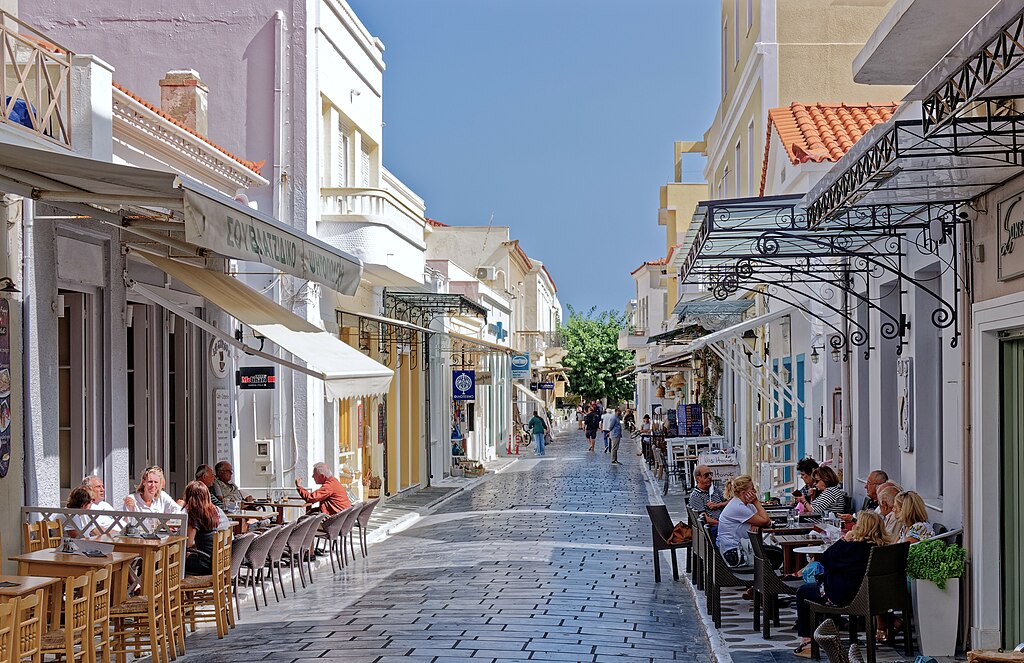
Chora, the capital
The capital of Andros is known Chora; this word (sometimes transliterated as “Hora”), usually used in Greek with the meaning of “country, state”, is also used to designate the capital of an island in the Aegean, and especially in the Cyclades. It should be noted that, when the capital is called Chora, its official name is usually the same as the name of the island – however, each of these capitals is almost invariably referred to as Chora by the locals (as is, for example, also the case for Mykonos, Amorgos, Ios, Tinos, Naxos and Serifos).
A part of Chora is built on a headland, at the end of which we find two islets: one, linked to the mainland by a brick bridge, bears the ruins of a medieval Venetian castle, while the other one is so tiny that it only has room for one lighthouse – the Tourlitis Lighthouse, a trademark of the island for well over a century, which is said to be the only one in Europe built directly on a rocky outcrop in the sea, as well as the first automatic lighthouse in Greece.
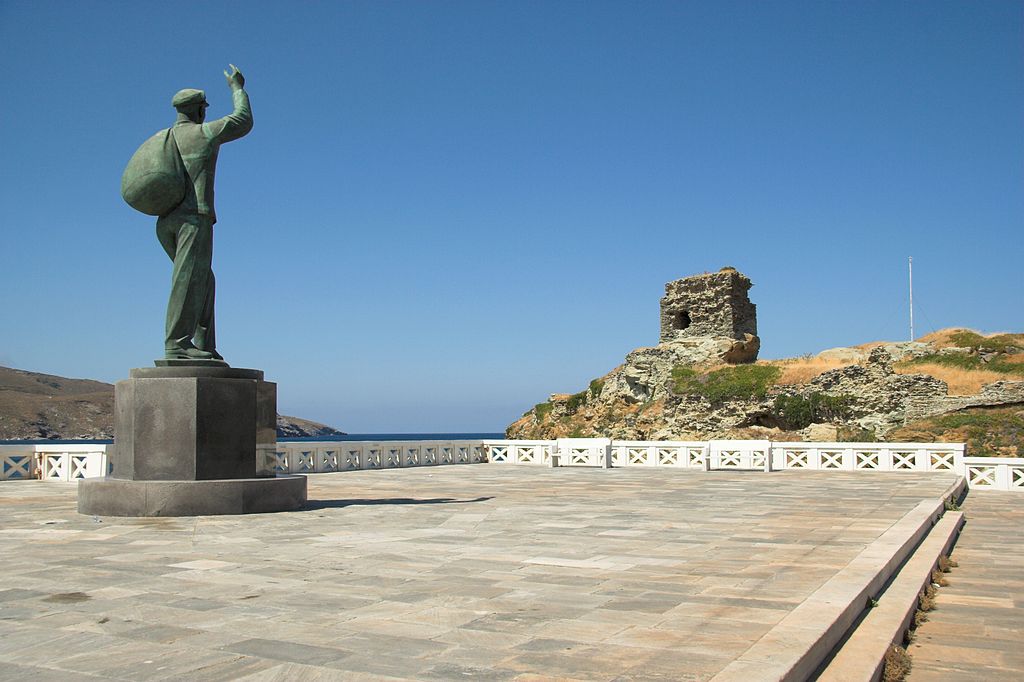
At the edge of the headland is located the Andros Maritime Museum, and before it, on a small square overlooking the Venetian castle ruins, a statue of “the Unknown Sailor”, created by sculptor Michael Tombros and erected in 1959, in memory of all the mariners who have lost their lives at sea.
The Chora of Andros -similarly to Ermoupolis, the capital of nearby Syros- does not feature the architectural elements considered characteristic of the Cycladic landscape. Instead of small, whitewashed cubic houses bundled together, we find graceful neoclassical mansions and quaint squares with ornate fountains, echoing its heritage as a rich land of shipping magnates.
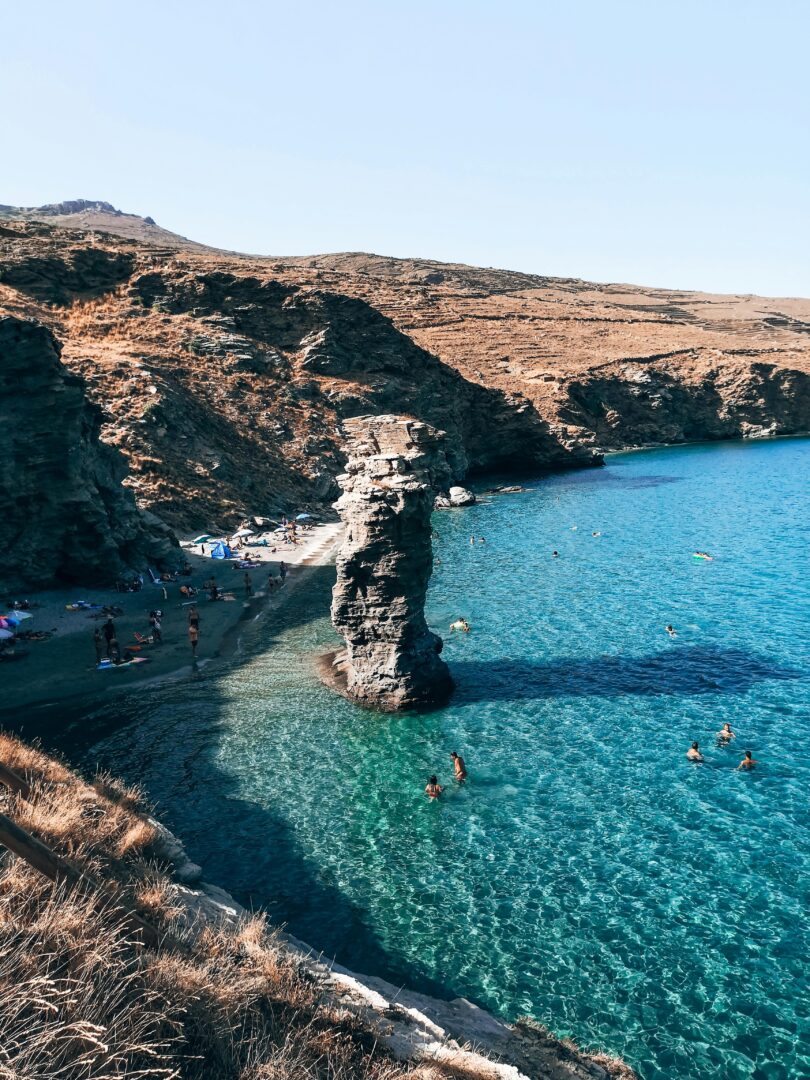
Other villages and sites
Another asset that sets Andros apart is the diversity of its landscapes; there are pretty coves and bays of golden sand, but also capes and steep slopes offering extraordinary views of the Aegean Sea. Seaside resorts such as Batsi, Zorkos, Achla, Korthi or the impressive beach Tis Grias to Pidima, with its cliffs and high rocky outcrop, offer something for every taste.
Andros also boasts a number of mountain villages with olive, fig and chestnut trees. These include Apikia, a village renowned for its Sariza spring and Pythara waterfalls, Stenies, a large village with magnificent villas built by captains, and Menites, a village engulfed by vegetation with a superb fountain decorated with lion’s mouths.
Vourkoti is the most mountainous village on Andros, with an altitude of 620 meters. It is surrounded by abundant vegetation and streams, and its climate is considered highly beneficial to health. Livadia lies at the foot of the Gerakones mountain, in a green valley through which runs the Megalos Potamos (“Big River”), which flows into Paraporti beach.
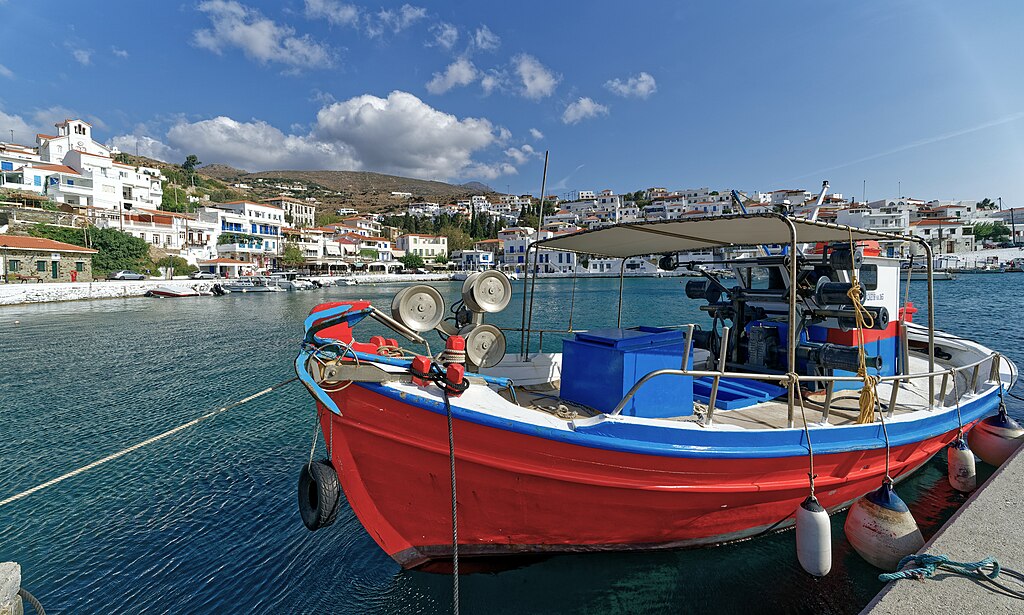
Hiking on the island
Andros is considered an ideal island for hiking thanks to its extensive network of hiking trails, traditional stone paths and unique blend of mountain, sea landscapes and cultural landmarks. Small forests, lush valleys, numerous beaches, streams, waterfalls and springs on almost every slope and in every valley provide the perfect backdrop for hiking.
Thanks to the dedicated efforts of the Andros Routes project, over 180 km of old trails have been restored, signposted and maintained to high quality standards. Andros Route, in particular, is a continuous exciting hiking route of Andros extending from north to south. It crisscrosses the mountain ranges of Andros, passing by it most beautiful natural lanscapes and important monuments. In October 2015, Andros Route got the distinguished European Quality Certification Leading Quality Trails-Best of Europe managed by the European Ramblers’ Association (ERA), establishing Andros as one of the leading quality destinations for hiking.
The museums
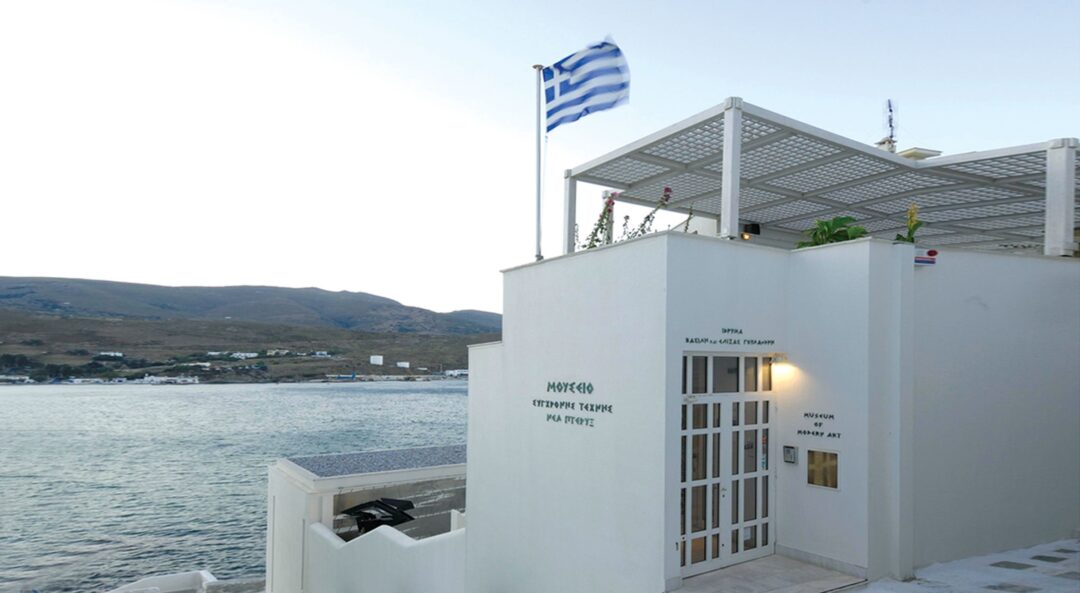
Museum of Contemporary Art
Museum of Contemporary Art of the Basil & Elise Goulandris Foundation, the first Contemporary Art Museum in Greece, was inaugurated on July 28, 1979 in Chora Andros, birthplace of the shipowner and art collector Basil P. Goulandris. The construction of the museum was motivated by the need to house and present the works of sculptor Michael Tombros, which he bequeathed to his native town. This initial nucleus was subsequently enriched by works from the private collection of Basil Goulandris and his wife Elise. The museum also hosts important temporary exhibitions by international artists, especially in the summer season – including works by Picasso, Matisse, Kadinsky, Balthus, Giacometti, Klee, Chagall, De Chirico etc.
The Archaeological Museum
Chora is also home to the Archaeological Museum, which has been in operation since 1981 thanks to a donation from the Basil and Elise Goulandris Foundation. Its exhibits include collections of pieces from the Geometric period settlement of Zagora, sculptures from the Archaic to the Roman periods, inscriptions and sculptures from the Early Byzantine and Byzantine periods, and the famous Hermes of Andros.
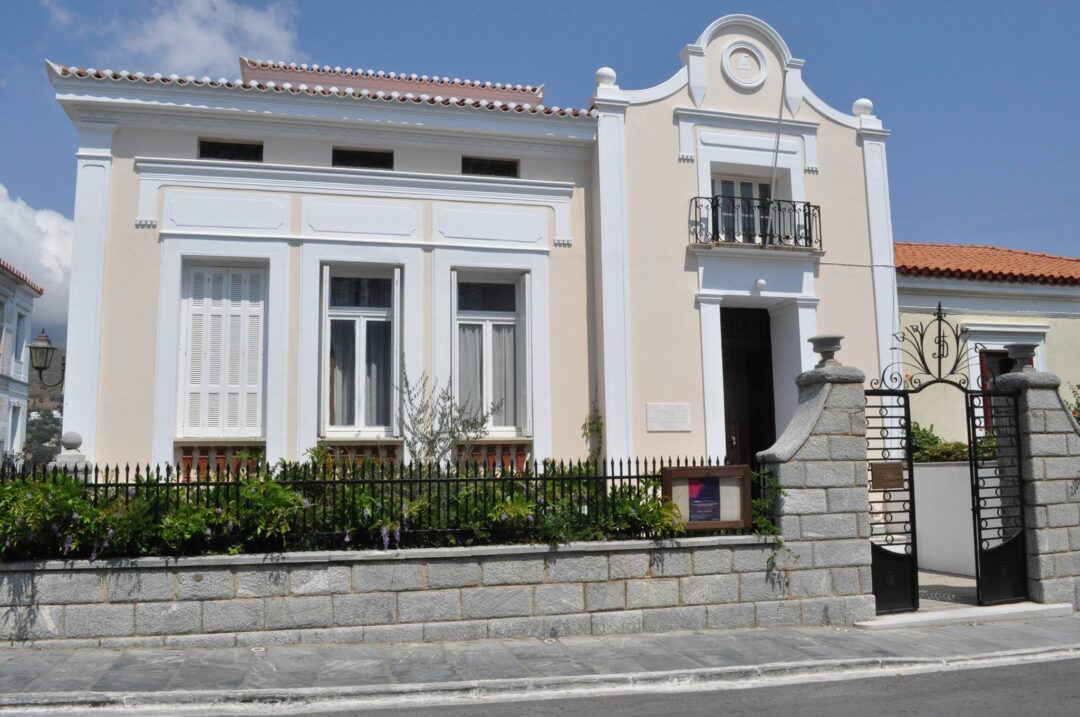
Theophilos Cairis Library
This beautiful building with its garden was built thanks to a donation from the Kambanis family. It houses 3,000 volumes from the private collection and bibliography of Theophilos Cairis, as well as a vast archive of rare documents. Exhibitions are organized in an annex to the library. Theophilos Cairis, scholar, theologian and philosopher, was an important figure and representative of the modern Greek Enlightenment (1784-1853).
Peter and Marika Kydonieos Foundation
The foundation focuses on the visual arts, music, theater and literature. An important institution is “Ploes”, which organizes painting exhibitions.
Based on the original article from Grèce Hebdo (Into image: Ky0n Cheng via flickr)
TAGS: GREEK ISLANDS | TOURISM

